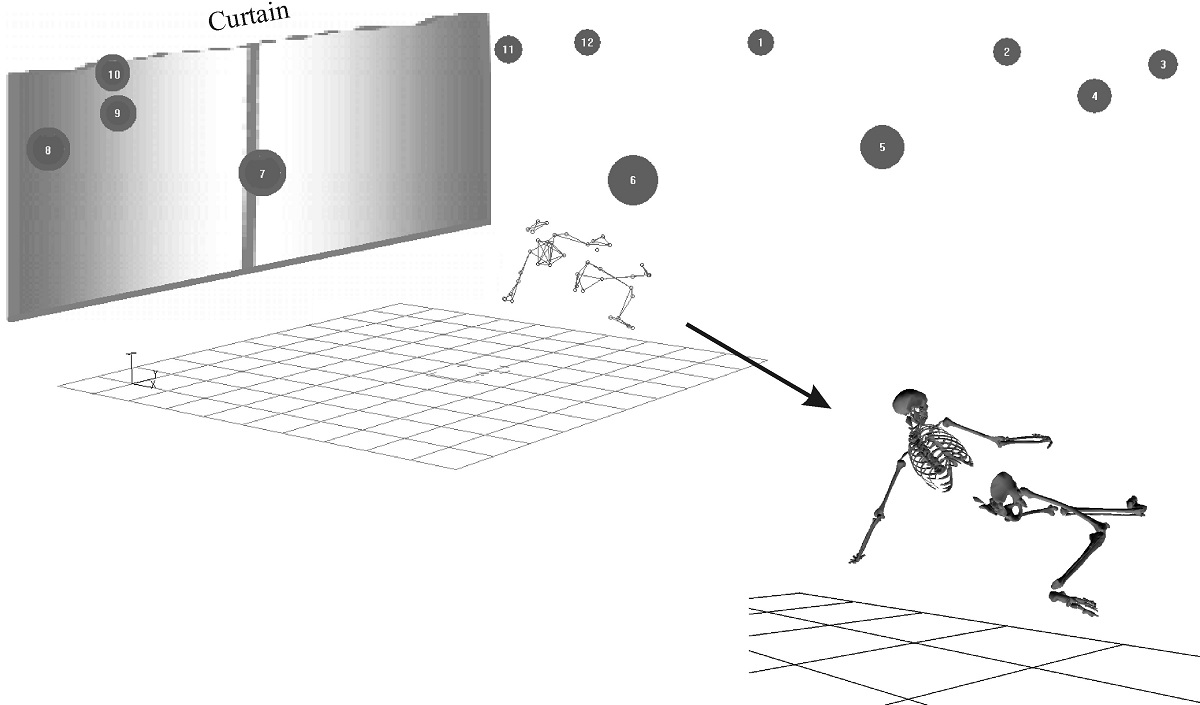Jumping side volley has created breathtaking moments and cherished memories for us. Regrettably, a scientific study on the skill has not been found in literature. Relying on talent of athletes to improvise on the fly can hardly be considered a viable learning strategy. This study targets to fill the gap by quantifying factors contributing to develop its coaching method. Using 3D motion capture (12-cameras, 200Hz) and full-body biomechanical modeling, our study aimed to identify elements that govern entrainment of the skill by examining jumping, kicking and falling phases of its execution. Given the rarity of players who have acquired this skill, we found five subjects for the study. Twenty-three trials were captured and quantified. The results unveil the following key elements: 1) the control of trunk rotation during the jumping, 2) the angle between thighs upon take-off, 3) the whip-like control of the kicking leg during airborne, 4) timing between ball motion and limbs’ coordination, and 5) damping mechanism during falling. An accurate kick can only be achieved through repetitive training. This underlines the need for athletes to master a safe landing technique that minimizes risk of injury during practice. Therefore, training should begin with learning a safe falling technique.

